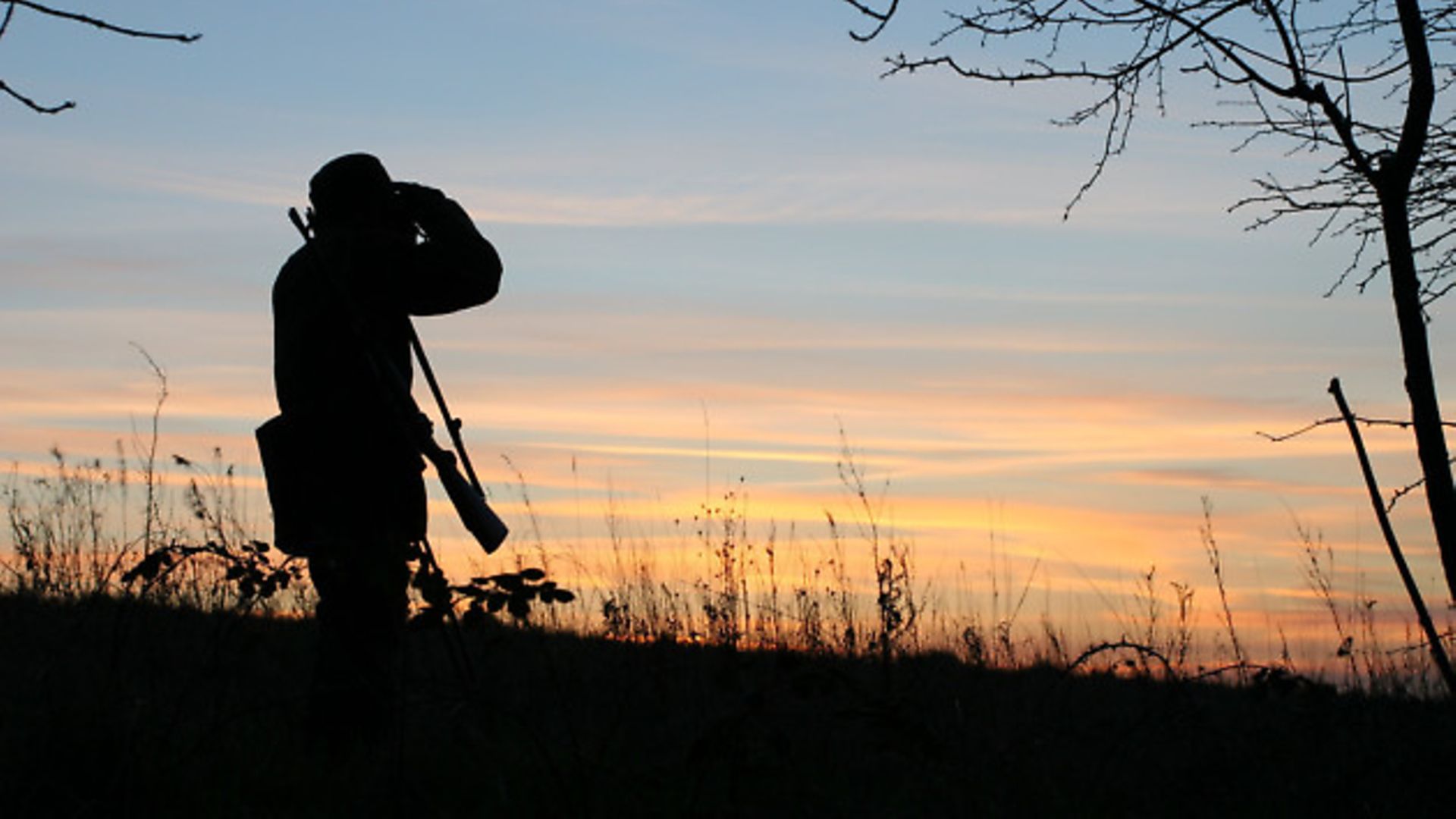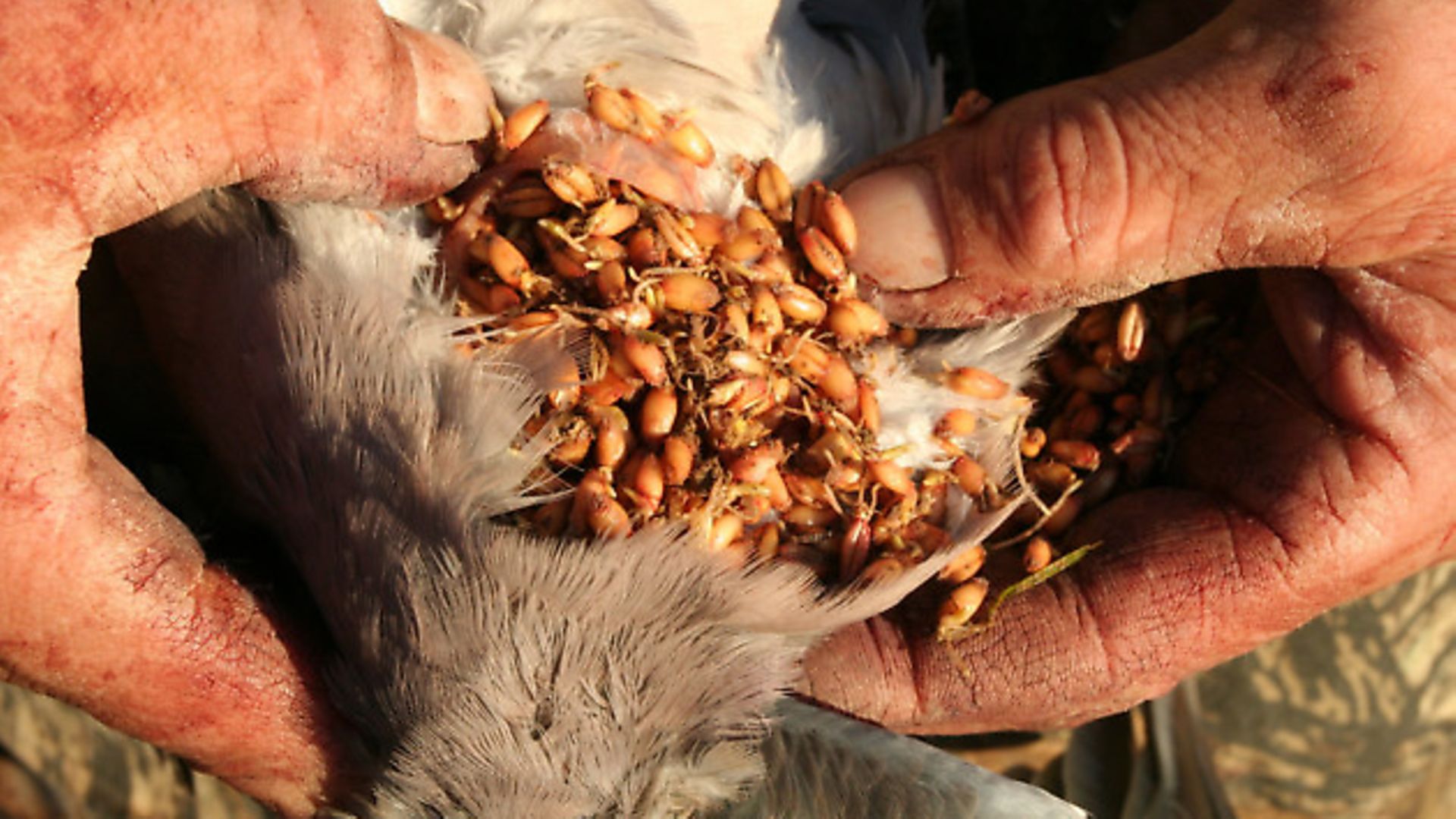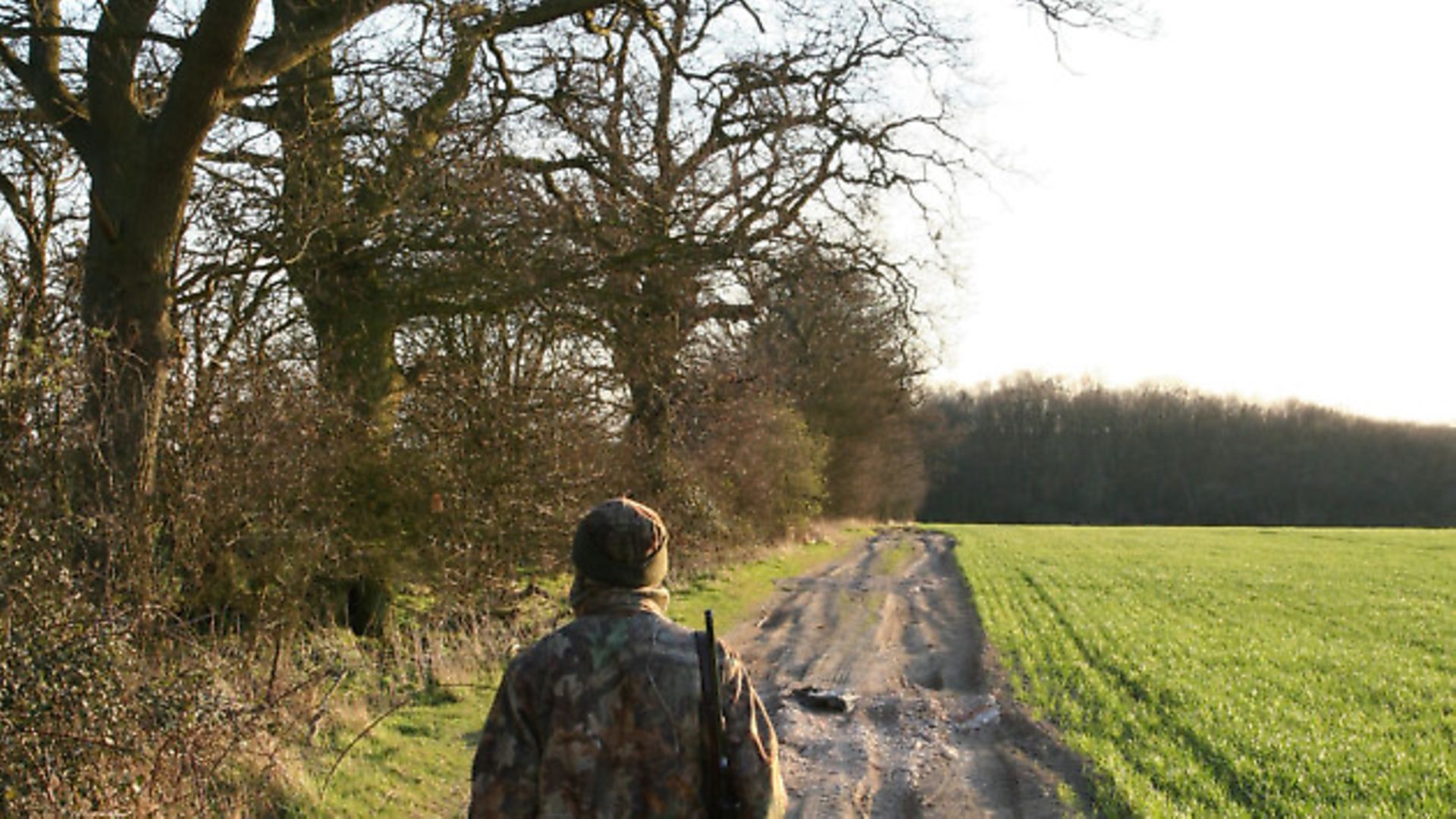What’s the damage?
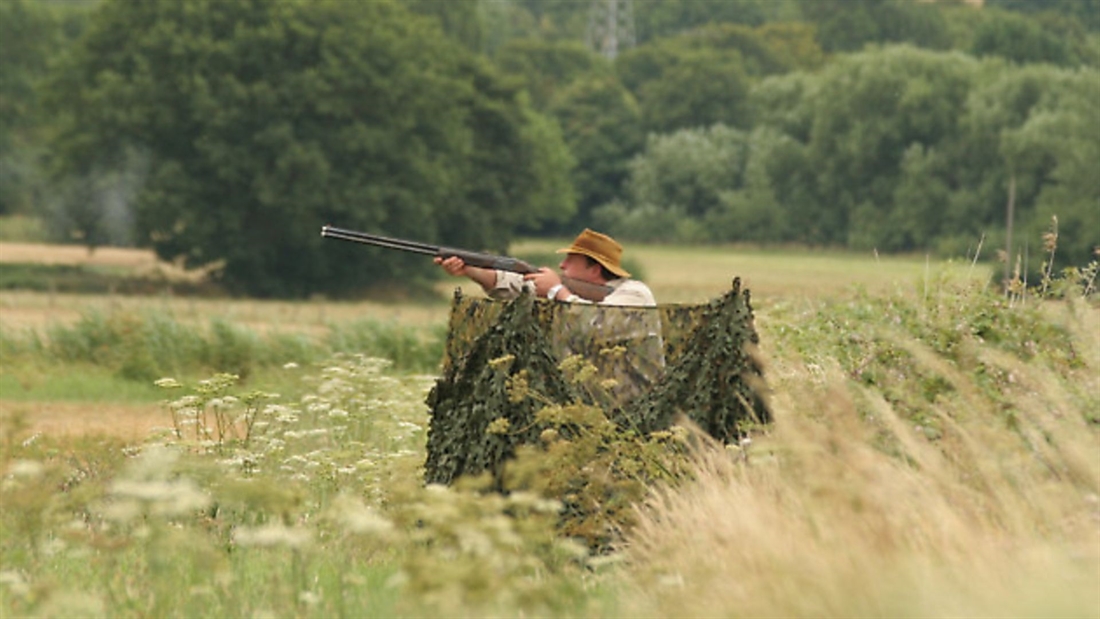
Knowing how to spot signs of crop damage and identify the culprit not only keeps the farmer happy, but keeps you in shooting too
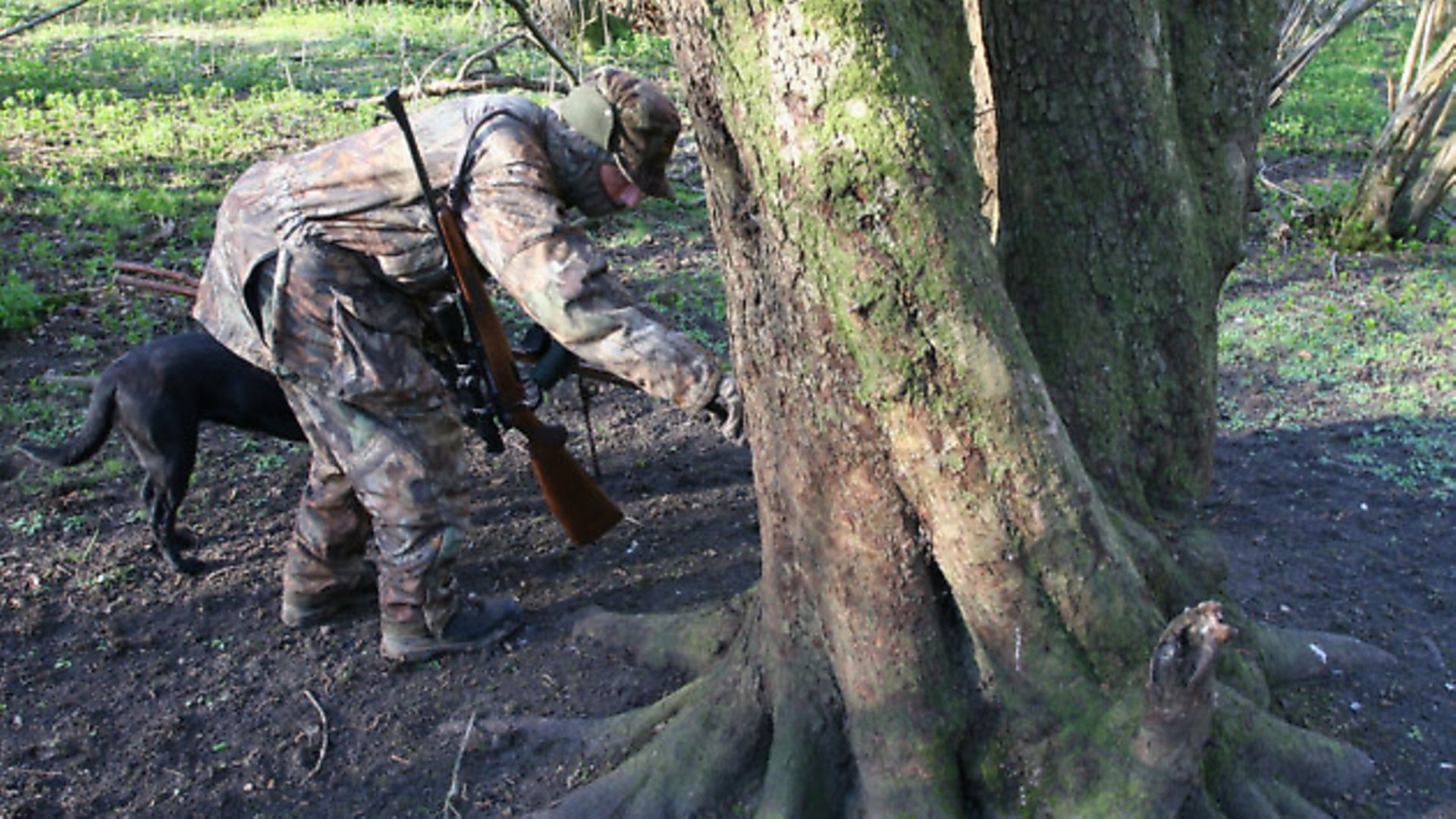
With the game season over, I’m looking forward to shooting a variety of pest species over the next few months. Ratting is always exciting, and there will be rabbits and pigeons to be shot, not to mention the odd fox, squirrel, crow and magpie. If I’m really lucky, I might get to do a little deer stalking too. Though I’d hesitate to class deer as pests, they can be destructive to crops, gardens and woodland. Every outing will be an adventure, and I’ll enjoy some great sport – it can be a real challenge to outwit such varied and wary quarry, and I reckon there’s nothing to beat pigeons for exciting and testing shooting.
Most days I’ll go out without a second thought about why I’m after that particular quarry; it’s a job that needs doing. But every now and again it’s a good thing to remind yourself why these birds and animals are classified as ‘pests’ – because of the damage they do to crops and livestock. In the case of birds, it’s the only legitimate reason for shooting them under the General Licence system. Plus, of course, crop damage is a massive help in finding the best spots to look for your quarry.
If damage is important to us shooters, it’s even more important to the people we rely on for our shooting – the farmers and landowners who give us our permission. The farmer isn’t in business to provide us with sport and a tasty free meal. For him it’s all about growing healthy, profitable crops and livestock. In return for preventing damage, he is happy for us to wander round the place with a gun and enjoy the fruits of our labour.
That’s why one of the most valuable fieldcraft skills is spotting the damage caused by wildlife, and working out what did it. The earlier you can spot the signs the better. If you don’t spot it until the damage is done then, er, the damage is done – the farmer has already suffered a loss, and is beginning to ask himself why he bothers to let you come on his land.
To get ahead of the game, you need to spot damage that tells you about the pests and quarry species in your area, even if it isn’t the sort of damage that costs the farmer money – yet. For instance, you might spot the churned-up ground of a fallow deer rutting stand, which tells you fallow are in the area; that will help you make a management plan and site your high seat, which will ultimately reduce damage caused by deer browsing the crops growing in the nearby fields. For the farmer, the best outcome is when you prevent the damage happening in the first place. The sooner you spot it and stop it, the happier he’ll be.
It’s hard to spot damage unless you know what trees and plants ought to look like when they aren’t damaged. That sounds obvious, but few people, even shooters, ever take the trouble to really study crops through their different stages of growth. Not being a farmer myself, I have learnt a lot over the years from talking to farmers and other, more experienced shooters and pest controllers.
I only really came to understand the farmer’s point of view when I started growing my own vegetables on a small plot in the garden. For the first time I took a close interest in watching the tiny plants develop a little each day. I saw at first hand how one munch of a plant’s growing tip could set it back days, or even write it off altogether. That’s frustrating enough when it’s a few runner beans in the garden; imagine how it feels to a farmer when a flock of pigeons descends on his valuable crop.
It takes a trained eye to look at a field of wheat or oilseed rape and spot areas of damage. You’re looking for patches where the plants are less developed – less tall, with fewer or smaller leaves. Often the damaged areas will look browner (or less green) than the healthy parts of the crop, because the soil shows through more. Later in the year, those areas may flower later, so with oilseed rape they may stay green when the main crop is bright yellow. With wheat or barley, come harvest-time, the stalks may be shorter and ripen later, with smaller ears and less grain.
With practice you’ll be able to see patches in a crop that are less healthy than others. Working out the reason why is a whole extra layer of skill. A patch of poor growth on the edge of a field might be caused by rabbits coming out of the wood to feed on the crop, for instance – but it could equally be down to poorer soil, waterlogging of low-lying ground, a patch where the drill or sprayer didn’t reach properly, or a host of other reasons.
Further out in a field, perhaps that ‘knocked back’ patch was hit by pigeons early on, or maybe it’s the site of an old filled-in pond that never does grow as well as the rest of the field. Unless you’re a trained crop specialist, the best bet is to be observant, and talk to the farmer regularly about his crops and what his concerns are.
Getting in closer, you can learn to spot damage to individual plants and trees, and work out what might have caused it, using your knowledge about different animals’ and birds’ habits and methods of feeding. Suppose there’s an area planted with saplings on your permission. If the bark is chewed around the base of the young trees, then the culprits may well be rabbits – they will eat the bark down near the ground, where they can easily reach.
Deer will also nibble the bark of some trees when better quality food is scarce – and in certain parts of Britain you might have to consider reintroduced beavers as a possibility too.
Perhaps the saplings are protected with plastic tree-guards, and the leaves are being nipped off as they poke out of the tops of the tubes. Unless your local rabbits have learnt how to build ladders, it’s more likely to be deer that are tall enough to reach up and browse the succulent young leaves. Then again, there may be damage part-way up young trees, with the bark shredded rather than nibbled and eaten. That could be fraying caused by deer rubbing their antlers against the tree to remove the velvet.
In some places, you will see a clear browse-line in coppice, woods and hedges where deer have eaten the growth up to the height they can comfortably reach. It’s particularly noticeable in parkland, where isolated trees look as if someone has taken a brush saw to everything below chest height. Standing back a bit, you’ll see a clear horizontal line where the foliage begins. The height will give you clue about what species of deer are likely to be responsible.
Take a close look at the damage and you may see the marks made by individual teeth. Rabbits, squirrels and other rodents have incisors at the top and bottom, so they cut off shoots neatly as if they were snipped with scissors.
Deer have incisors in the bottom jaw and a hard dental pad in the top, so a stem bitten off by a deer will have a clean cut one side and a ragged edge the other. Squirrels nibble pine cones in a distinctive way, leaving a central stalk with ‘ears’ on top.
Often the best way to determine the culprit is to catch them in the act. If there’s a big chewed patch in a field of oilseed rape, and when you go for a look you disturb a huge flock of pigeons, well it’s probably pigeon damage. Or, if walking round at night with a lamp you see dozens of rabbits running for the hedge, then rabbit damage is the likely explanation.
Best of all, of course, is to see the damage coming before it happens. Know your local populations of deer, rabbits, pigeons and the rest, understand what they are likely to damage, talk to the farmer regularly about his crops so you know which will be vulnerable when, and control the populations so the damage never happens. That’s the recipe for a happy farmer, and, of course, keeping your permission for years to come.
Words and photos by: James Marchington.




